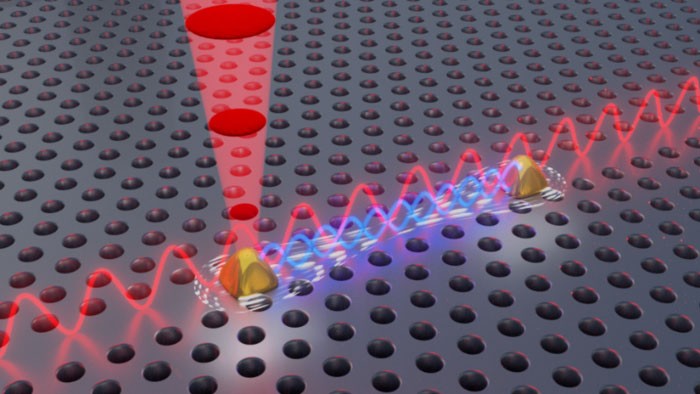
Scientists at EPFL have achieved a major breakthrough in quantum mechanics by successfully synchronizing six macroscopic mechanical oscillators into a unified quantum system. This achievement opens new possibilities for quantum computing and sensing technologies.
The research team, led by Tobias Kippenberg, demonstrated that everyday mechanical oscillators - similar to those found in smartphones and watches - can be precisely controlled to exhibit collective quantum behavior. This unprecedented level of control over multiple oscillators working in unison represents a significant step forward in quantum research.
The scientists employed an innovative technique called sideband cooling to prepare the oscillators. By using precisely calibrated laser light, they reduced thermal vibrations and energy levels, creating optimal conditions for observing quantum effects. As the team refined the coupling between the oscillators and the cavity, they witnessed the transition from individual to collective behavior.
This breakthrough enables the exploration of unique quantum phenomena, including quantum sideband asymmetry. The research, published in Science, demonstrates the practical potential of harnessing quantum principles in mechanical systems that are already widely used in consumer electronics.
The implications extend beyond theoretical physics. This development paves the way for creating ultra-sensitive sensors and advancing quantum computing components. The ability to control multiple oscillators as a single quantum system could accelerate innovations across various industries, from telecommunications to precision measurement technologies.
By bridging the gap between everyday mechanical devices and quantum mechanics, this research establishes a new foundation for developing practical quantum technologies. The successful demonstration of collective quantum behavior in macroscopic oscillators marks a turning point in our ability to harness quantum effects for real-world applications.